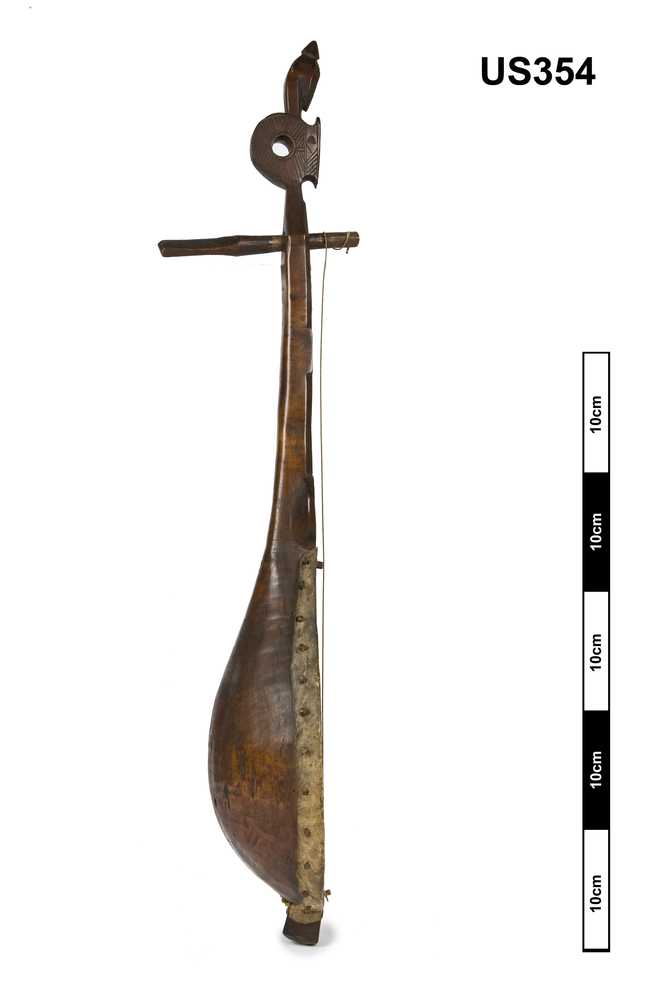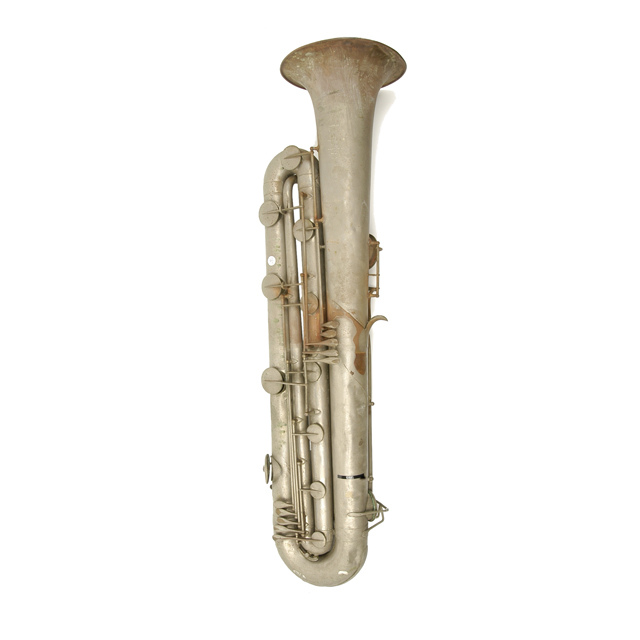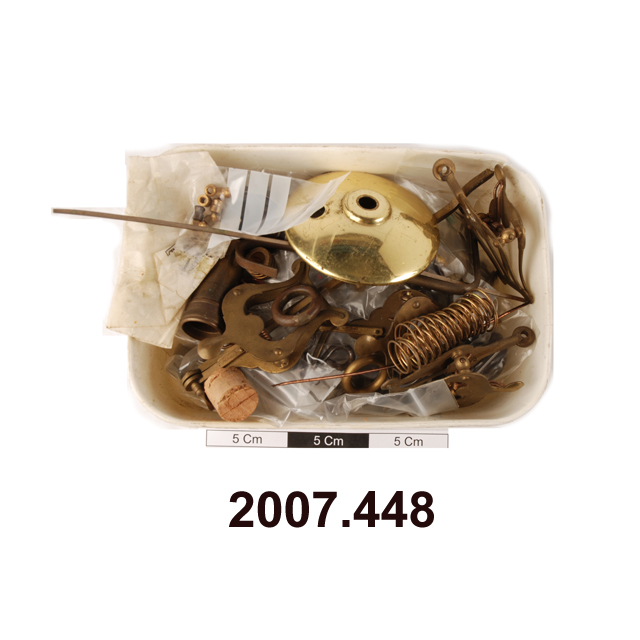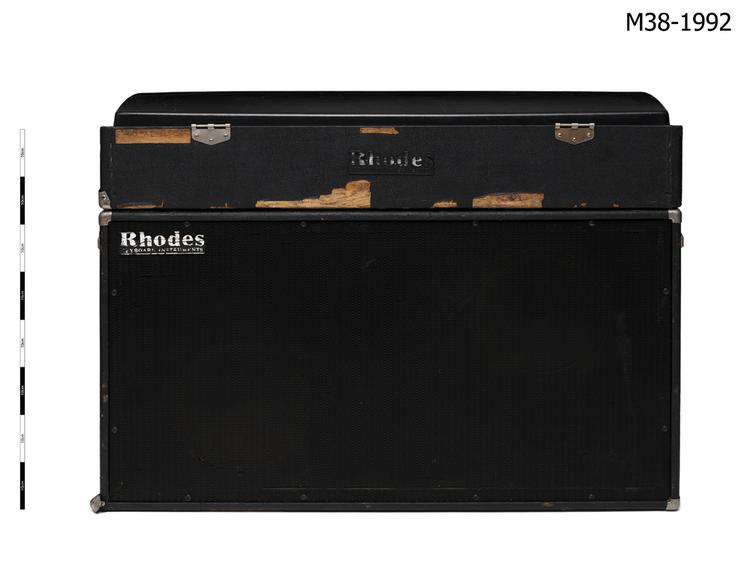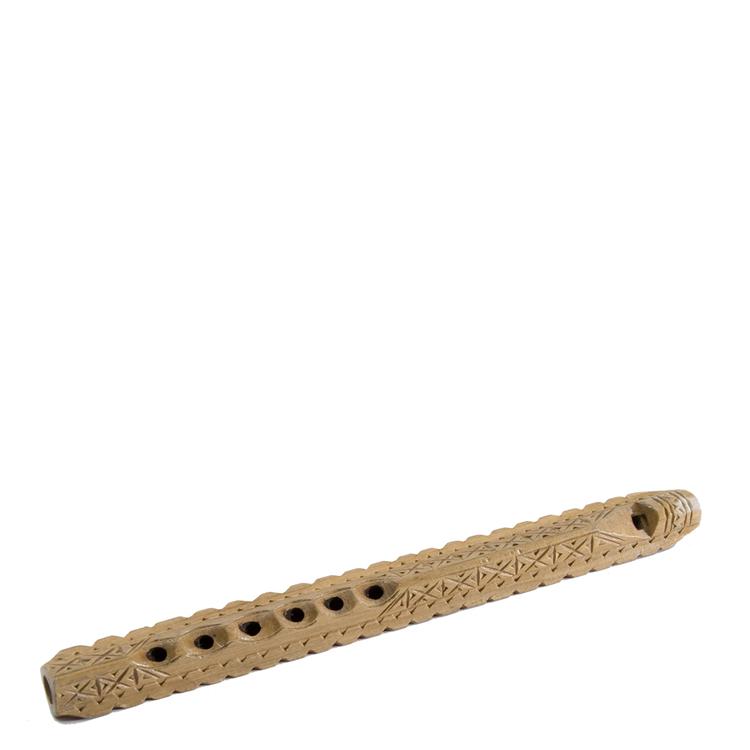
Whistle flute with six fingerholes and incised decoration.
There are only six holes but a skilful player can get more than six notes from this simple flute. He does this by changing the breath pressure (blowing harder will achieve a higher note), using the middle parts of the fingers rather than the tips of the fingers, and ‘cross fingering’: that is covering the holes in different sequences. Players can also change the texture of the sound by for instance making a ‘zh’ sound when they blow.
This is a traditional shepherds flute which would be played to pass the time while the shepherd was looking after his flocks.
In some parts of the eastern Mediterranean the shepherd made sure that his flute was in tune with the different bells worn around the necks of the sheep and goats. So when he played and the bells rang they made music together!



